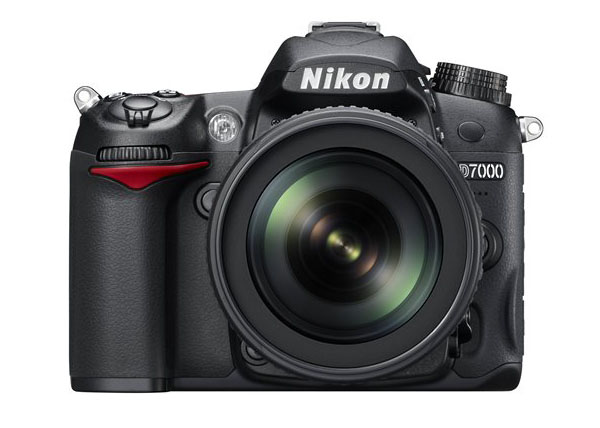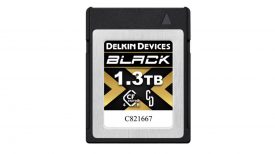My first video capable DSLR was not actually the Canon 5DmkII but in fact the Nikon D90. It was a short lived love affair and despite being a keen Nikon stills shooter at the time I soon moved over to Canon for video.
With the D90’s successor it looks like Nikon are finally getting serious about the DSLR video game. The newly launched D7000 is a huge improvement in video functionality over previous Nikon’s and even has a few surprises up its sleeve.
Nikon shooter Chase Jarvis was first to get his hands on the camera and posted a lot of info and sample video here.
On the plus side it has 1080/24p HD (and 720/30p) with a record time of 20 minutes, an improvement over previous Nikon and Canon DSLRs. It has a dedicated video start/stop button. Nikon also claims to offer better AF in video mode than previous cameras using a mode they’ve named AF-F, something that Canon’s do not do well (although I’m not convinced of the need for AF in video for most subjects). It also features manual control of shutter speed and ISO while recording video, although apparently not aperture with a G lens (according to Chase Jarvis’ blog). It remains to be seen how manual aperture lenses like the Zeiss ZF range will work in video mode.
The D7000 has a stereo mic input with manual audio level control but only in three stages, similar to the D300s. This is not as useful as the Canon implementation that has many more levels to choose from. The quality of the mic input and in camera preamps has yet to be established. As with all the other factory standard DSLRs at the moment there are still no on screen audio level meters while recording.
The biggest disappointment for me is that it seems there is no 25p or 50p mode which I need for my daily work. Nikon need to recognise that shooters in PAL countries really do need to deliver in PAL framerates and while software conversion from 24p to 25p is possible it adds time to the export and isn’t as good as shooting native 25p.
The other thing that still really bugs me about Nikon lenses are that they manual focus the opposite direction to Canon lenses and the majority of the world’s cine and video lenses. Why is this an issue? well if your like me and also use regular video cameras then changing the direction of focus as you change brands is a little taxing mentally.
At time of writing there are still a few unanswered questions about this camera. Firstly how high a quality is the H.264 video it records? what bitrate does it achieve? is the rolling shutter an improvement over previous Canons and Nikons? Also does it provide a clean HDMI output without overlays? how good is the low light/high ISO performance and is it possible to magnify the image to check focus once recording has started?
Hopefully we’ll get the answers to all these questions in the next few days. I’d like to give this camera a try, but for now I can’t quite see it rivaling the 5DmkII for a place in my camera bag.
What is clear is that Nikon are finally getting to a point where their DSLR video would be good enough for many news organisations. French news agency AFP already use the D3s for much of their video news gathering. It certainly looks like the D7000 gives Nikon news shooters a serious option for HD video that doesn’t require the use Nikon to Canon lens adapters and an EOS 5DmkII.







